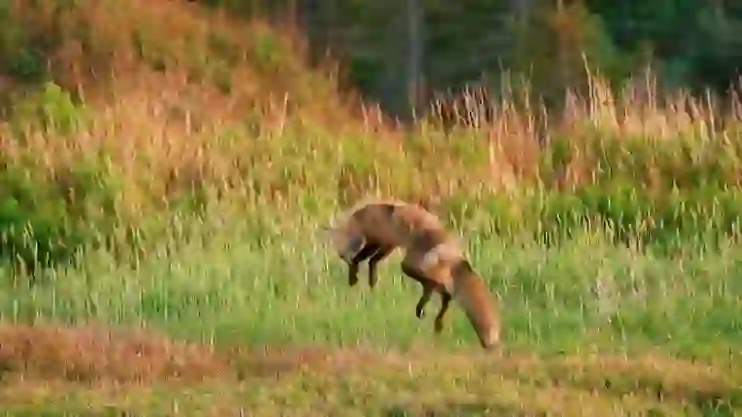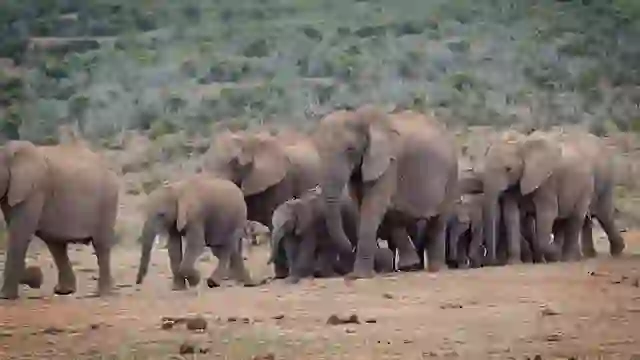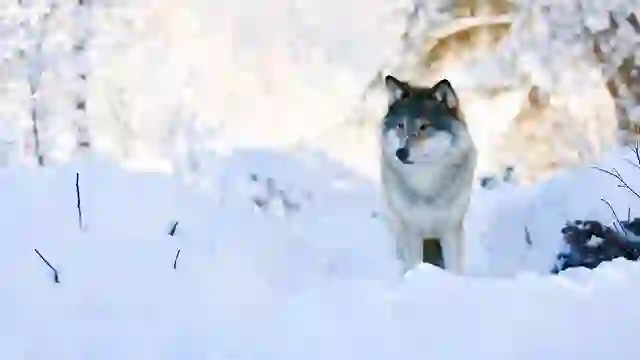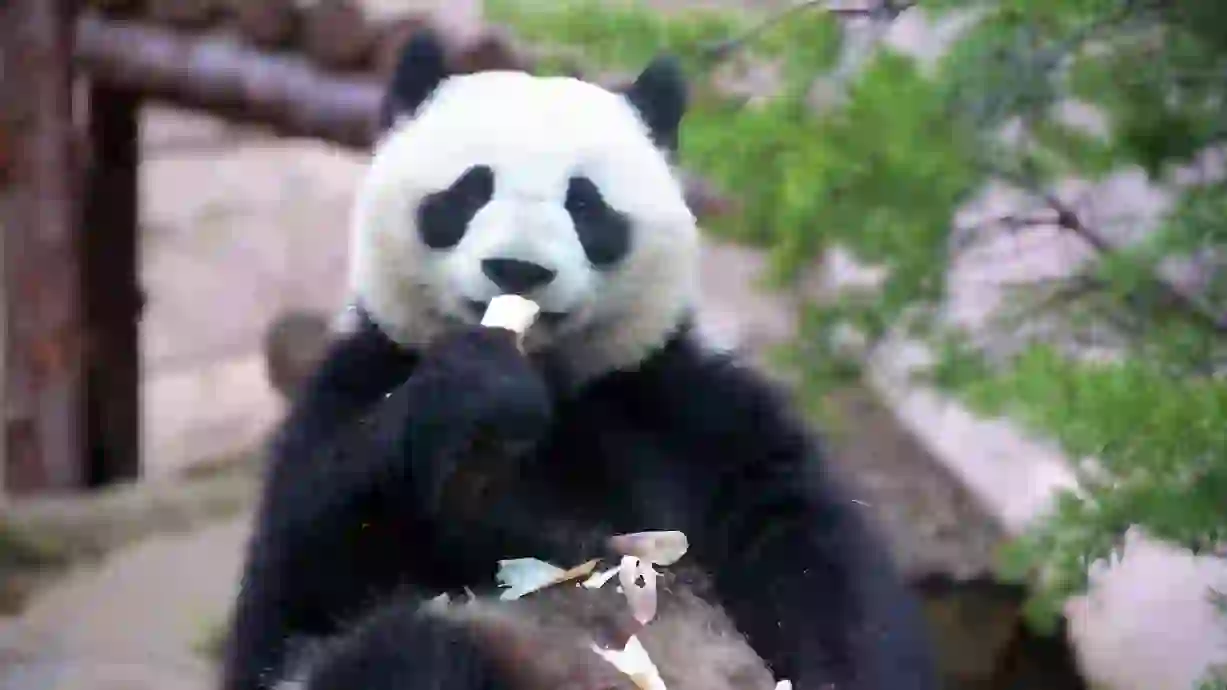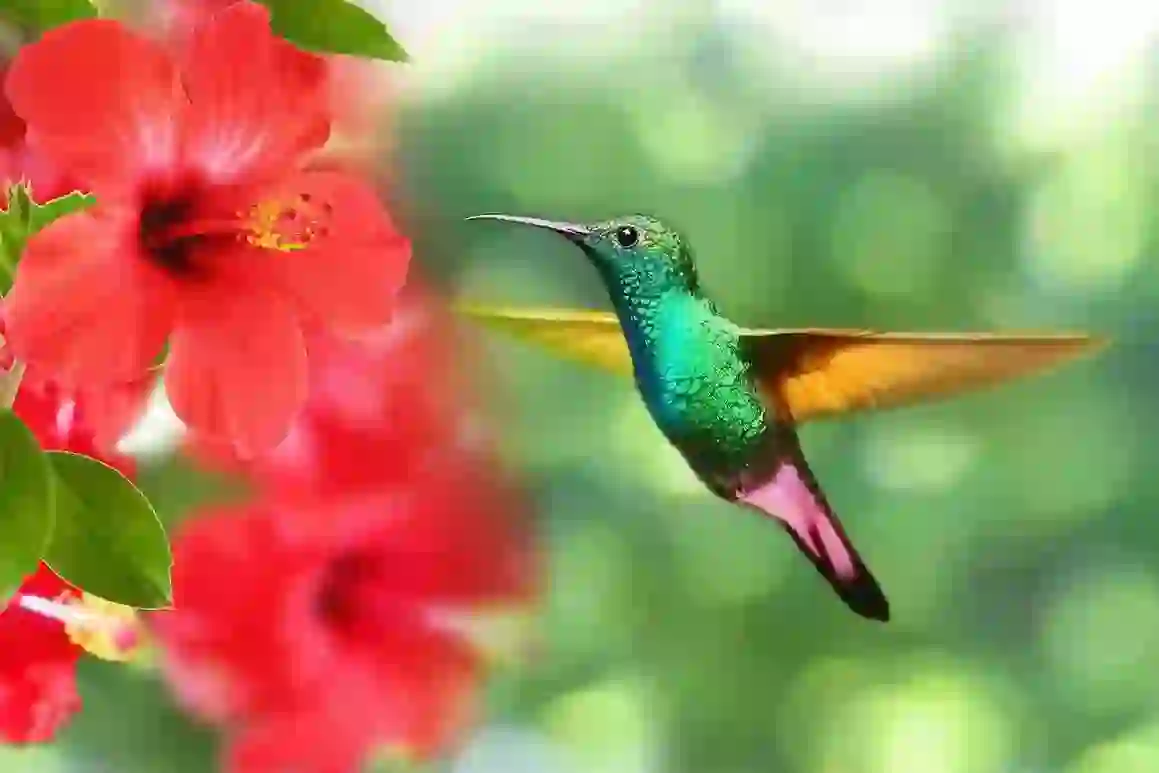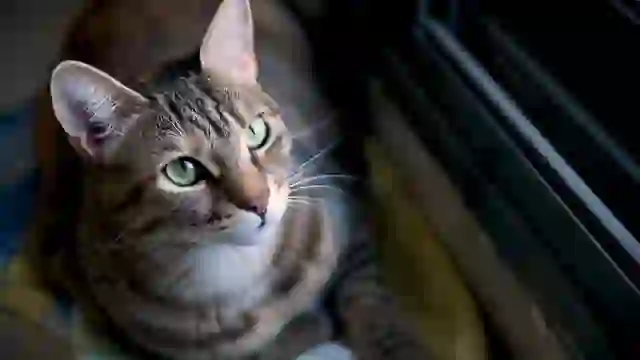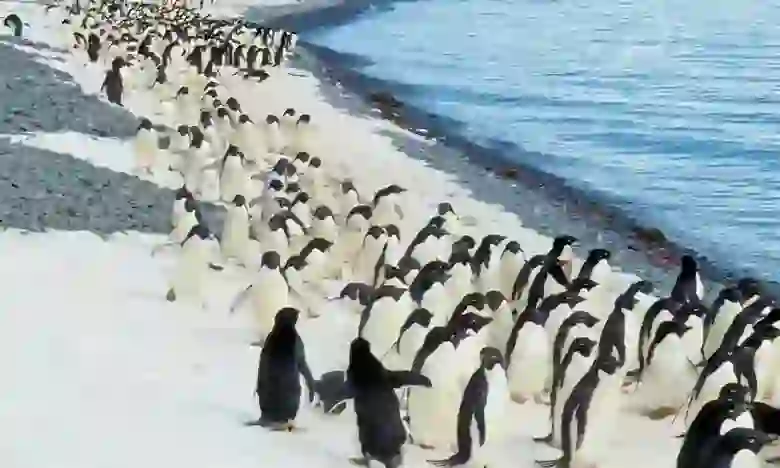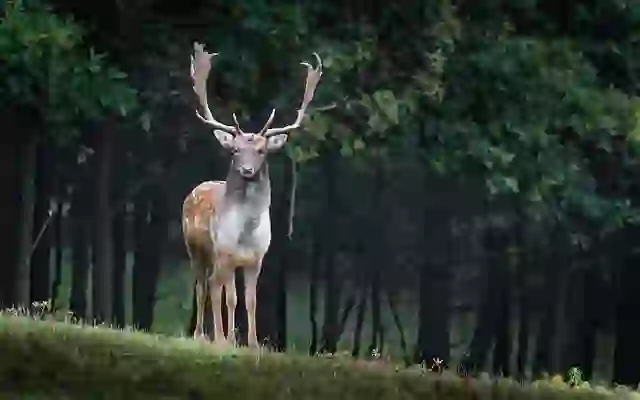
Black Wallaroo
Black Wallaroo
Black Wallaroo
In the rocky landscapes of northern Australia, a dark shadow emerges - the black wallaroo. These are powerful and agile creatures, navigating the rocky terrain with ease. Let's explore the fascinating world of the black wallaroo, their unique ecology, and the challenges they face in a changing world.
Black Wallaroo Basic Infomation
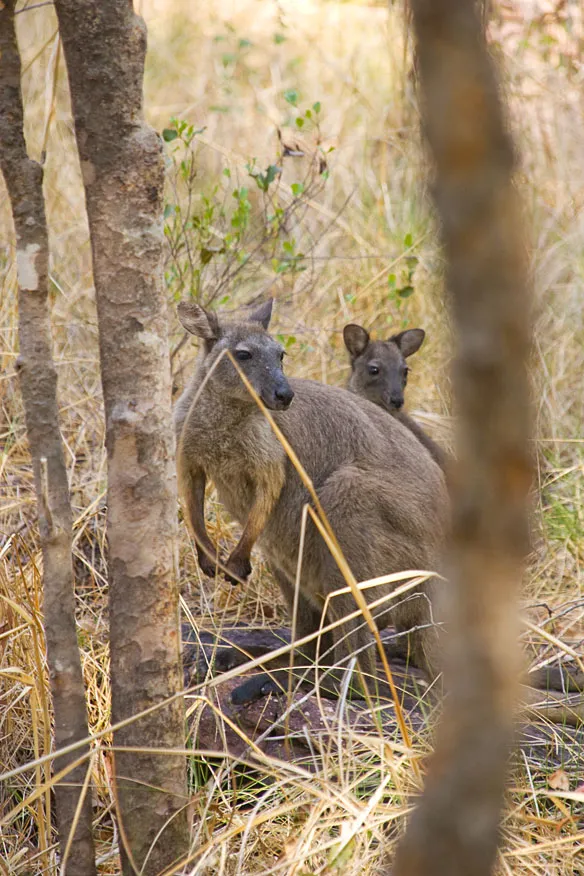
| Property | Value |
|---|---|
| Scientific Name | Macropus bernardus |
| Taxonomic Status | ACCEPTED |
| Rank | SPECIES |
| Vernacular Names | Black Wallaroo |
| Kingdom | Animalia |
| Phylum | Chordata |
| Class | Mammalia |
| Order | Diprotodontia |
| Family | Macropodidae |
| Genus | Macropus |
| Habitats | Rocky areas of northern Australia |
| Conservation Status | Near Threatened (NT) |
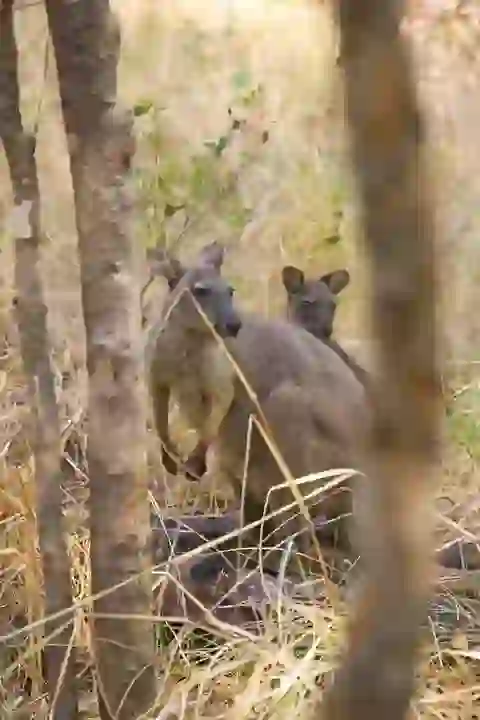
Size
They are about 24 to 31 inches (60 to 80 centimeters) long, with a tail length of about 20 to 24 inches (50 to 60 centimeters). They weigh about 42 to 49 pounds (19 to 22 kilograms). They are a medium-sized species of wallaroo. Males are larger than females.

Lifespan
Their lifespan in the wild is estimated to be about 15 years.

Distribution
They are endemic to Arnhem Land in northern Australia. They are found in areas with rugged terrain, such as rocky outcrops and cliffs.
Black Wallaroo Q&A

What kind of wallaroo is the black wallaroo?
The black wallaroo is a species of wallaroo belonging to the genus Macropus.
Like kangaroos, they have well-developed hind legs and move by jumping. However, wallaroos are smaller than kangaroos and are adapted to life in rugged terrain, such as rocky outcrops and hilly areas. That's why they are sometimes called 'rock kangaroos.' The black wallaroo, as its name suggests, is characterized by its black fur and a distinctive red nose. They are endemic to Arnhem Land in northern Australia. They are nocturnal and solitary, grazing on grasses and leaves. They are very shy and quickly hide in rock crevices when they sense danger, making them difficult to spot in the wild.

What do black wallaroos eat?
Black wallaroos are herbivores, primarily feeding on grasses and leaves. They are most active in the mornings and evenings, foraging for food.
Wallaroos living in rocky outcrops and hilly areas are adapted to dry conditions and can survive with minimal water intake. This is because their environment is often dry.

[Quiz!] Why are black wallaroo numbers declining?
The black wallaroo is listed as 'Near Threatened' (NT) on the IUCN (International Union for Conservation of Nature) Red List.
This means that they are at high risk of becoming an endangered species in the near future. Their numbers are declining due to three main reasons:
・Habitat loss: Human development, particularly mining and road construction, is destroying their rocky habitat and arid lands.
・Impact of introduced species: Introduced species, such as foxes and cats, prey on them and compete with them for food.
・Bushfires: Bushfires are frequent in Australia and can destroy their habitat.
To protect black wallaroos, it is crucial to conserve their habitat, control introduced species, and prevent bushfires.

[Quiz!] What is being done to protect black wallaroos?
Various efforts are being made to protect black wallaroos by the Australian government and international conservation organizations, such as WWF. These efforts include:
・Establishment of protected areas: Black wallaroo habitats are being designated as protected areas to ensure their safety.
・Control of introduced species: Efforts to control introduced species, such as foxes and cats, are ongoing to increase the survival rate of black wallaroos.
・Captive breeding programs: Zoos are breeding black wallaroos in captivity and are making attempts to reintroduce them into the wild.
・Public awareness campaigns: Efforts are underway to raise awareness about the plight of the black wallaroo and the importance of their conservation.
These efforts have been successful in helping to stabilize the black wallaroo population. However, they are not out of danger yet. To secure their future, continued conservation efforts and the understanding and cooperation of every individual are necessary.

Would you like to become a part of the 'Animalbook.jp'?
Turn your knowledge into Q&A and share it with the world. ※Publication will be activated after purchase. Let's share information together!
Black Wallaroo Type of List

Subspecies of Black Wallaroo
- Cape York Black Wallaroo (Macropus bernardus bernardus)
- Arnhem Land Black Wallaroo (Macropus bernardus robustus)
Information
Congratulations! You are the first commenter!

Create Your Favorite List!
Black Wallaroo
Save the animals you love! Build your own list to quickly revisit your favorites later.

Would you like to leave a comment?
※Please note: This is for the purchase of rights to post comments within the article.
Find Your Favorites!
Our shop offers a unique and attractive selection of goods themed around various animals.
Black Wallaroo References
Black Wallaroo Introduction of media used

Michael Wifall, CC BY-SA 2.0, via Wikimedia Commons

Help Enrich Our Animalbook.jp with Your Media!
We are constantly looking to expand and enrich our Animalbook.jp with amazing photos and videos of animals. If you have any media that you'd like to share, please contribute and help us showcase the beauty and diversity of the animal kingdom. Your submissions will be credited and featured in our encyclopedia, reaching a wide audience of animal lovers.



